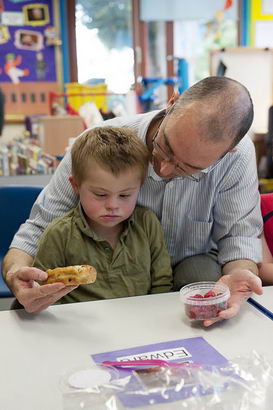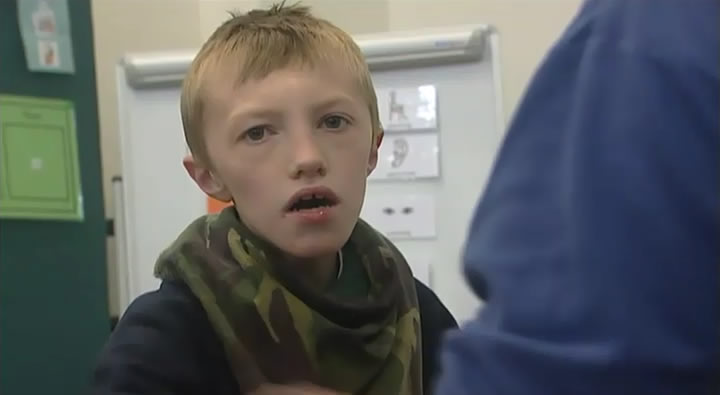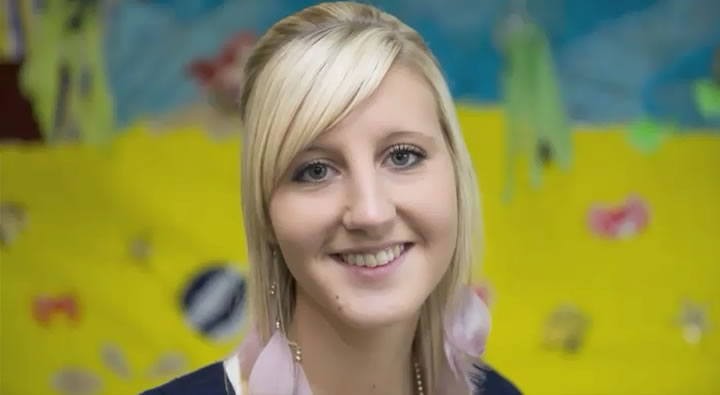
Building a relationship of trust with the caregiver is a crucial process in the emotional development of the child. As trust grows, children begin to express their positive feelings in various ways. They take pleasure in interacting with their caregivers. This is seen through:
- Body language, facial expressions and vocalisations - laughing, smiling, chatting, etc.
- The children appearing relaxed and expressive and able to radiate openness, making themselves accessible to others.
In this clip, Jordan's caregiver describes how their interaction has helped him make huge strides in developing his communication.
Would you enjoy the challenge of helping Jordan to find his voice?
Think about your school and the children you work with.
- How do you build positive relationships with children?
- How do staff build positive relationships with pupils who are unable to express themselves verbally?
Think of the caring, nurturing or comforting routines that you or other staff carry out.
- What opportunities are there to build trusting, positive relationships during such routines?
- How are children encouraged to participate as much as possible and have 'control' in such routines?
Listen to this audio clip in which Khiri, a teaching assistant, explains how she builds trust and good relationships with the children she works with during care routines.
How does Khiri build trust and good relationships with children?

To build trust and good relationships Khiri:
- Talks to the children so that they are aware of what is being done
- She recognises when children are unhappy, and
- She knows children well and takes account of their communication, even though they cannot communicate verbally.

